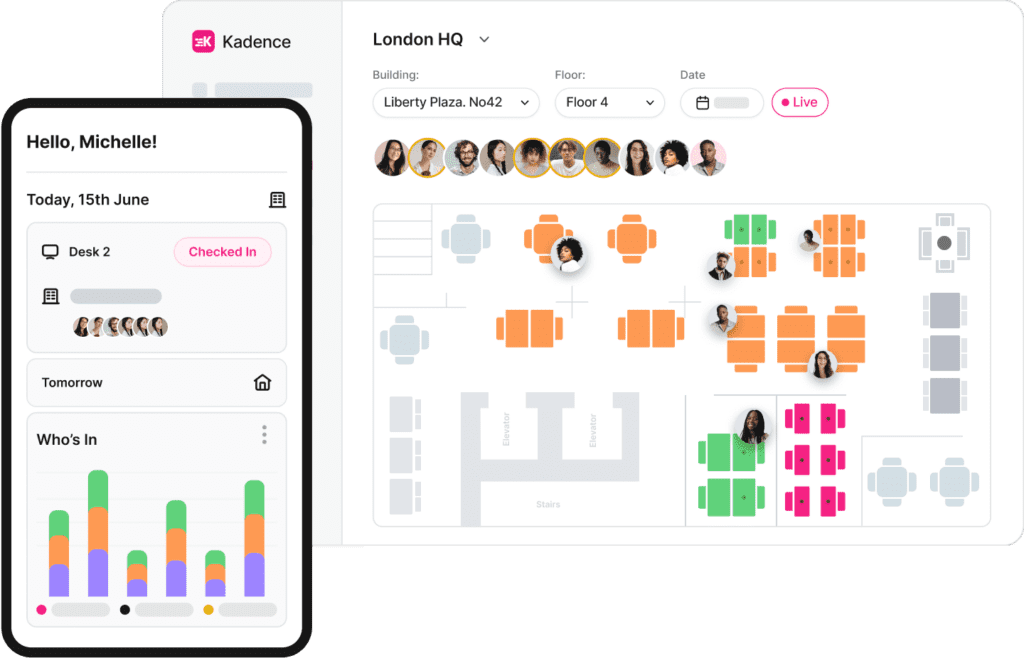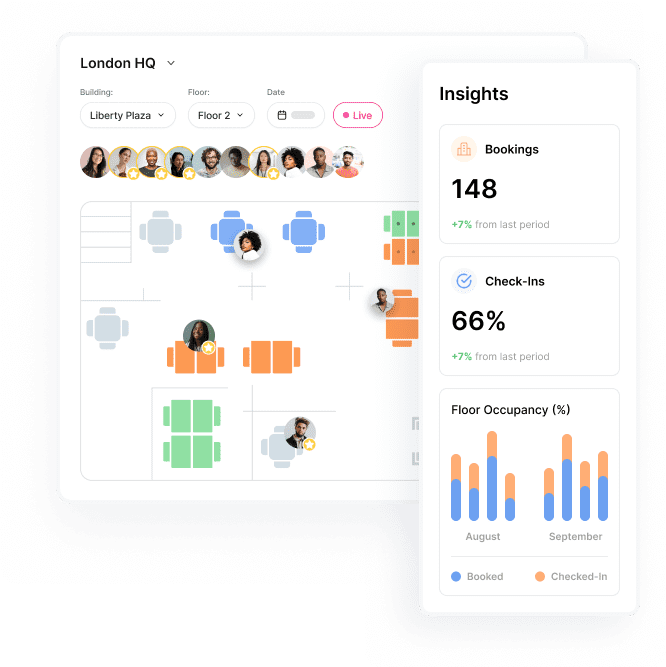Hybrid Working has been making waves across workplaces. During the COVID-19 pandemic, companies found employees could work remotely and still achieve results. But how does this strategy play in a world where we are able to go into the office? Is hybrid working just a trend and how does it impact organizations and individuals alike?
Let’s explore its benefits, challenges, and the actionable strategies for successful implementation.
Demystifying the Hybrid Work Model
Hybrid working represents a paradigm shift in how we approach work. Rather than choosing between remote work or office work, hybrid work seamlessly integrates both. Employees have the flexibility to choose where and how they work. They base these choices on the task at hand. Some are easier to achieve in the office where there’s space for team collaboration. Others can be achieved just as easily at home or in a coffee shop.
Hybrid understands that traditional setups tend to confine individuals to a fixed location. This is not helpful and can be demotivating for the employee. Even the option of working from home only can be isolating. Hybrid strikes a fine balance between autonomy and collaboration. It’s about leveraging the best of both worlds.
Embracing Flexibility and Connectivity
The hybrid work model prioritizes flexibility, without sacrificing on connectivity. Most job roles that are office based come with a variety of responsibilities. Some of those involve independent work, but others will depend on working within a team. Hybrid working becomes sustainable when it allows its employees to choose where to work depending on what they need.
Working from home is a helpful option for everyone to have, but it’s not always the most convenient. If face time with colleagues means the work is completed faster, employees will likely decide to work from the office. If an employee finds they will be stimulated to work by being in the office, they will also choose to head in. There’s enough motivation for office time if companies place the decision in their employees’ hands.

Trust is Key
For any company that adopts hybrid working, trusting employees is paramount to success. When managers trust their team to determine where they work and when, employees gain control. This leads to better workplace wellbeing.
Mandates that call for returns to the office break this trust. They restrict freedom and this can only lead to resentment amongst team members. Companies can instead make their offices attractive places to work. They can have resources, breakout spaces, equipped meeting rooms and the like. Employees will feel compelled to come in.
It’s the lesson every organization needs to learn and the quicker it does, the sooner it will see results. When an employee feels that their manager trusts them to work, their morale is boosted. They foster a healthier work-life balance, which only leads to even more benefits.
Unlocking the Benefits of Hybrid Work
Hybrid work models can deliver tangible benefits for both employees and employers.
For individuals, it offers greater autonomy over their schedules. This increase in power leads to better well-being and in turn this leads to greater productivity. A Checkr Inc. study found that 68% of American managers want remote work to continue because of its impact on productivity and employee engagement.
For companies, hybrid working leads to cost savings. Less office space is needed, so real estate costs are slashed. There’s improved talent retention, because employees feel empowered by flexibility. There’s also access to a broader talent pool, because companies can attract workers outside of their local area.

Strategies for Successful Implementation
To unlock the full potential of hybrid work, organizations must prioritize clear communication, robust infrastructure, and supportive policies. Establishing guidelines for remote and in-office work will help employees navigate hybrid work. Designing the office that encourages team collaboration will encourage office attendance. Using online communication channels across the company will help employees feel connected.
The greatest asset to any hybrid workplace is management software. Companies can onboard teams to hybrid working without having to worry about the logistical planning. Employees can share where they are working and when with their teams. They’ll be able to book a desk or a meeting room within seconds. This is especially helpful for companies who adopt a hot desking structure.
Consider Kadence
Kadence is the software that can help you and your team find your rhythm of work.
Our Smart Suggestions feature recommends when to head into the office. Teammates can easily find time to collaborate together, and even choose a desk next to each other.
Bringing in guests? Kadence can send out invites, book parking spaces and record who visited.
With Insights, Kadence gives you a detailed guide of how your team use the offices available to them. Reports will tell you what spaces are being wasted so you can save on real estate costs.
Kadence seamlessly integrates with your existing technology tools. You can use Kadence in Slack, Teams and more without disrupting your workflow.
The Verdict: Does The Hybrid Work Model Make a Difference?
Hybrid Working is the future of work. Our adoption of the hybrid work model represents a significant leap forward in how we approach work. By embracing flexibility, organizations can benefit from the best hybrid can bring. Hybrid results in both increased productivity and better employee well-being.
If implemented with the right systems and infrastructure, hybrid work can be a success. Companies will find themselves to be more agile. There’s more time and space for innovation and adaptability. And the focus is on maximizing the potential of your workforce, all whilst making some key cost savings.
Harness the power of hybrid working with Kadence. Book a demo with us to find out how you and your company can achieve your hybrid potential.




